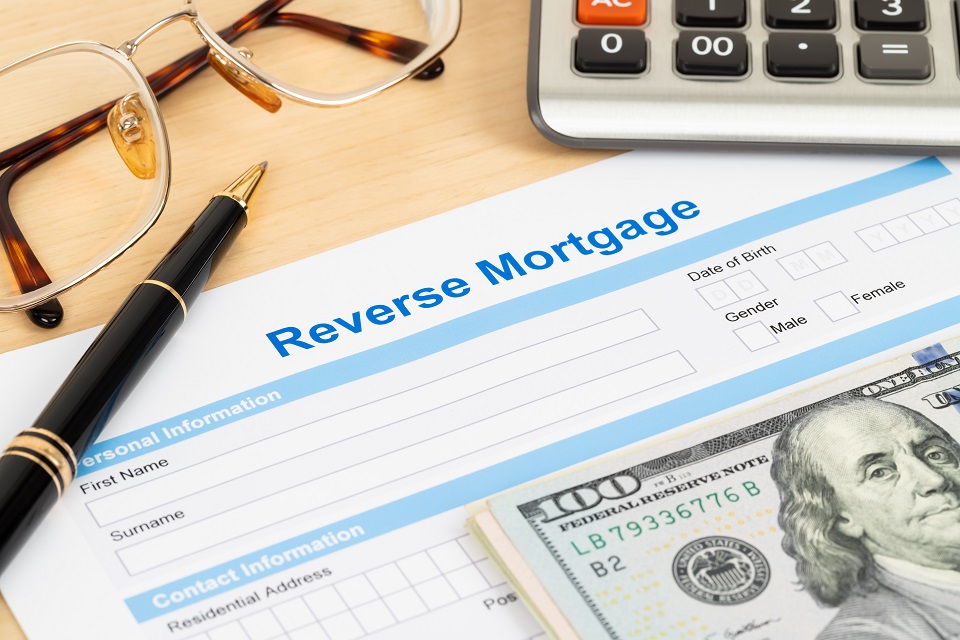
3. Reverse mortgage payments
Under specific criteria, a reverse mortgage can offer easy access to tax-free retirement income. This type of mortgage is basically a home loan designed for homeowners aged 62 or older. Compared to a typical mortgage, a reverse one doesn’t force you to pay the bank, but otherwise.
Yeah, unbelievable, but it’s possible with a reverse mortgage: your bank could pay you. You can actually opt for monthly payments, a lump sum, or a line of credit. That’s up to you. The best part is that reserve mortgage payments aren’t taxable. The taxman sees reverse mortgage payments as loan proceeds; that’s with they are tax-free.
See also: What Taxes in Retirement Look Like in All 50 States
As a result, they will not affect your Social Security benefits either. Nor your Medicare ones. However, rules aren’t meant to be broken, and the IRS is pretty straightforward with them. So, if you tend to opt for a reverse mortgage, take into consideration the following:
#1. You’ll have to pay for home repairs, property taxes, and insurance.
#2. If you’re unable to repay this type of mortgage before dying, the amount of money will most likely be paid by selling the house.
#3. Reverse mortgages aren’t free of fees and interest, so you’ll most likely owe more than the sum you’ve received.
In conclusion, a reserve mortgage shouldn’t be the only retirement income strategy.




